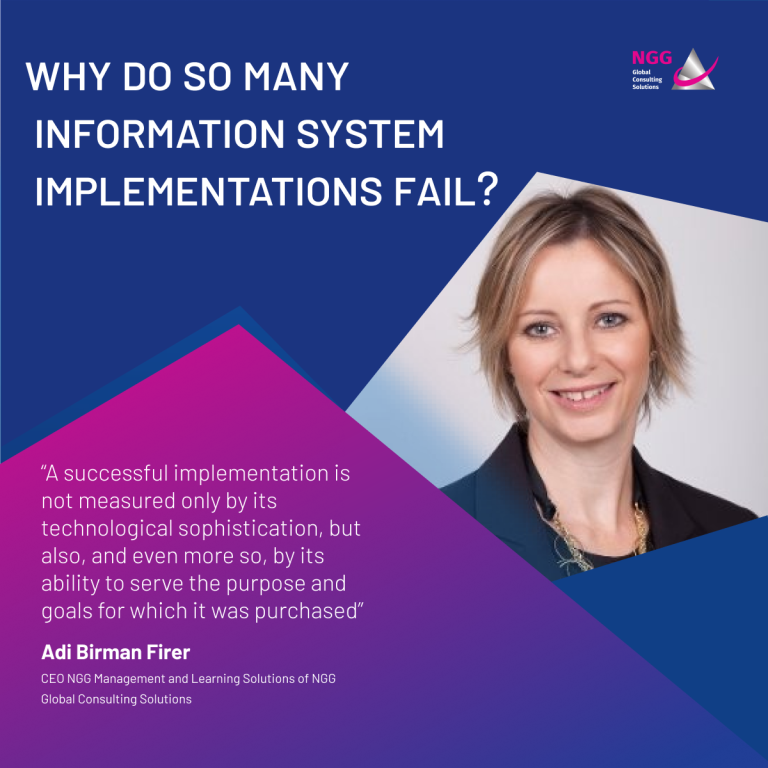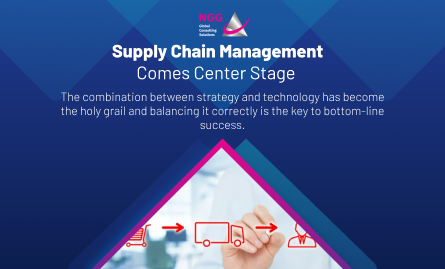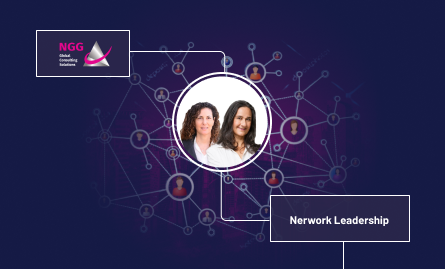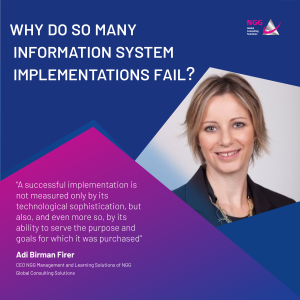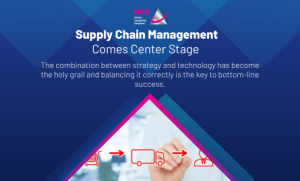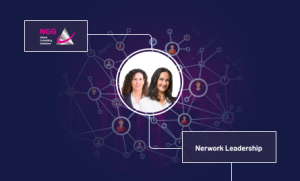“Toto, I’ve a feeling we’re not in Kansas anymore.”
The world of work is changing. Sometimes, we in HR feel like we’re in an unfamiliar country.
In the same way that Dorothy is swept away by a tornado from her familiar home to a strange and wonderful country,
technology and other changes have swept our world and changed it to the point of being unrecognizable.
We have woken up to an environment of disruption, characterized by the changing demands of markets,
customers and suppliers, an environment that requires the organization to be flexible,
to constantly renew itself and to adapt quickly to constraints and challenges. Accelerated technological development, which has changed the relationship between man and machine, a labor market that redefines the psychological contract between employee and employer, the rise of the social organization and the need for multiple “bottom lines”, both social and moral – and all this without neglecting money, of course.
Dorothy embarks on a journey of development and change with her friends Scarecrow, Tin Man and the Cowardly Lion. Similarly, HR is required to re-evaluate and readjust its role in order to serve a relevant function in leading organizations into the new world of work and in exploiting the wonderful opportunities it holds. Dorothy and her friends succeeded in completing the journey down the Yellow Brick Road. Here are some insights we can gather from their journey.
Imagination
“Somewhere over the rainbow, skies are blue. And the dreams that you dare to dream, really do come true.”
The world of tomorrow is already here, and it continues to evolve and change. One of the most significant ways to create solutions for organizations who are also experiencing these changes in human resources is to use our imagination.
It can be used as a starting point for understanding the changing requirements as well preparing for the gaps between what already exists and what is yet to come: what will future professions look like? What makes up the future employee’s DNA? What needs and wants will he have? What skills will be required – technological, managerial and interpersonal? How will technology be integrated into the various roles of the organization, and what will it require of us in terms of talent scouting, recruitment, training, compensation, and organizational culture?
What will the ecosystem in which the organization operates look like, and what values and culture will the organization and its various stakeholders promote?
Action
“I will make a ladder,” said the Tin Woodman, “for we certainly must climb over the wall.”
In order to remain relevant, there is no way to escape climbing the wall; those who do not climb will be left behind and will almost certainly not see what’s on the other side. On the road in a world of disruption, it is HR’s job to make a ladder. In order to allow our organization to “climb the wall”, we need to create a ladder for it by means of 3 main adjustments:
- Redefining the Workforce – If we compare a young high-tech employee’s career to the career of an Egged bus driver from the 70’s, we’ll find very few similarities.
Today, the life span of a career has risen to 50 years, but commitment to one’s workplace has dropped, and 25% of employees are changing jobs once a year (USA 2018). Today it is also not unusual to find five different generations of employees in the same organization, with each generation having different characteristics and desires. The younger generations, Generations Y and Z, expect to receive (in addition to financial compensation) flexibility, diversity, and personal development from their workplace. The lack of job satisfaction in the traditional job market drives many to work as freelancers (the “gig economy”).
These characteristics create challenges in recruiting and managing human resources, but also create opportunities for creating a diverse, available, and flexible workforce.
In order to enjoy the benefits of the renewed labor market and to adapt the organization to its characteristics, various employment structures must be redefined, and the patterns of finding, recruiting and retaining talent in the organization must be adapted while at the same time fostering passion and involvement.
- Redefining Training and Learning Procedures – We are deep in the midst of the Fourth Industrial Revolution, which demands the continued development of HR and its preparation for meeting the demands and skills dictated by constant technological acceleration.In an era when the shelf life of skills is only 4-10 years on average, it is not enough to provide a top-down, narrow solution for training needs. HR must formulate a perception of an organization that learns and is perpetually evolving, one that enables relevant, personalized and flexible, real-time learning, while using technologies and learning methods that deliver the highest possible ROI to achieve the organization’s business goals, while harnessing management to create a culture of development and learning. .
- Walk the Talk – Computerized systems are already serving HR in various ways. But by 2020, HR will need to take technology one step further and capitalize on technological innovations in order to manage planning and even invent the future. The future includes gathering Big Data through social and organizational platform analysis technologies, virtual reality and artificial intelligence, using Big Data in decision-making processes and the using learning technologies.
These adjustments cannot be made without mobilizing the organization’s management. The organization’s management is critical for allocating the resources and for creating the conditions and culture required for these adjustments. HR must position itself as a significant business partner to the organization’s management, and must persuade management that HR is necessary to prepare the organization with 2020 and support its business goals.
Courage
“I am terribly afraid of falling, myself,” said the Cowardly Lion, “but I suppose there is nothing to do but try it.”
Like the Wizard of Oz, the future that awaits us at the end of the road is both terrible and wonderful. In order to lead in the corporate journey – to imagine, take action, and harness possibilities – HR needs, more than ever, to find courage.
Without courage, we can’t allow ourselves to fully imagine the possibilities. Without it, we will lack the determination to follow a path that we believe in, to think outside the box, and to encourage change rather than fearing it. Because as the Lion said: There is nothing to do but try it.
The Wizard of Oz by L. Frank Baum.
